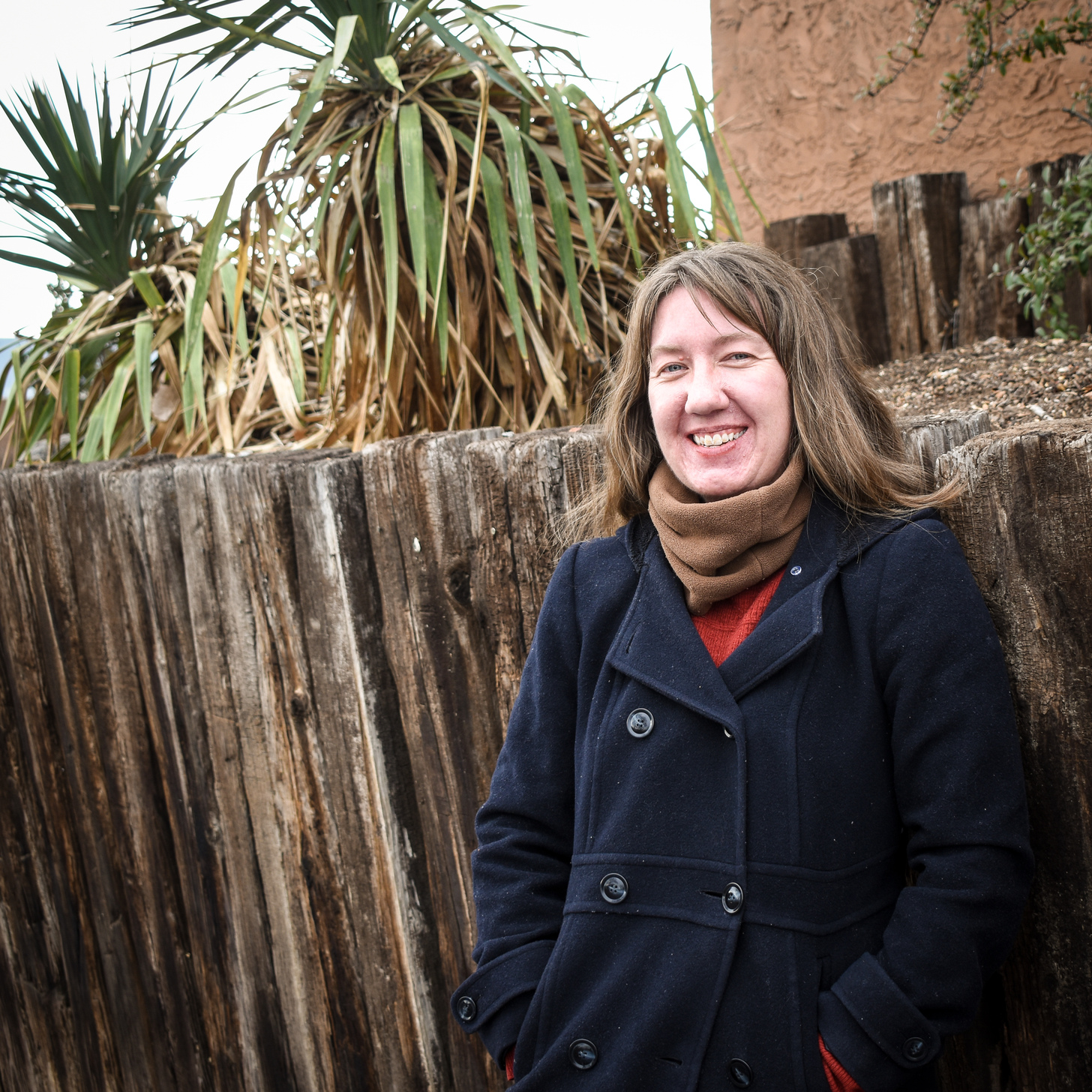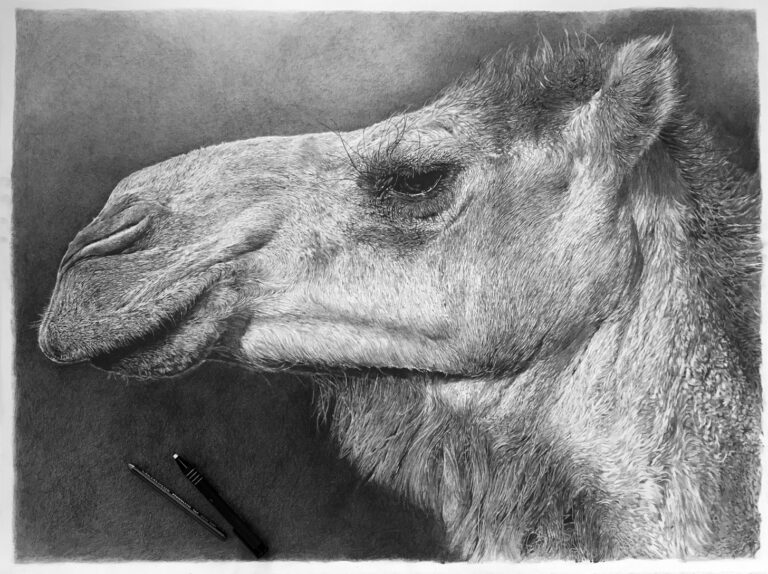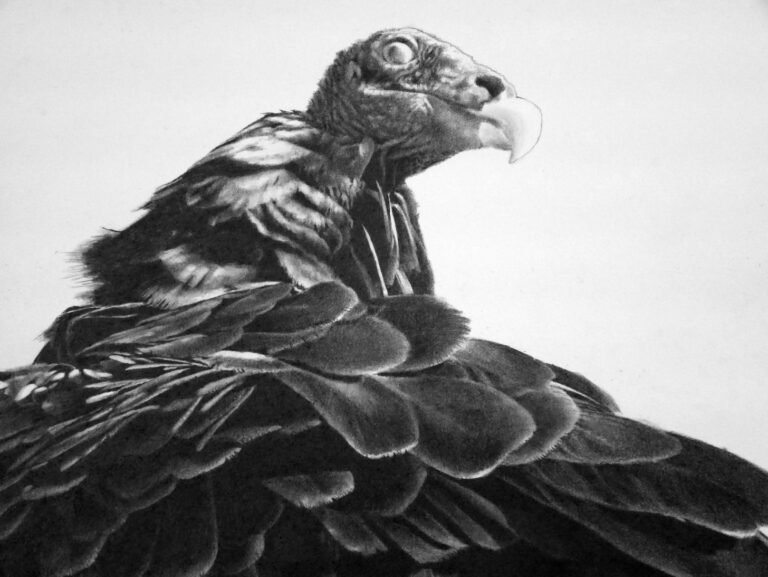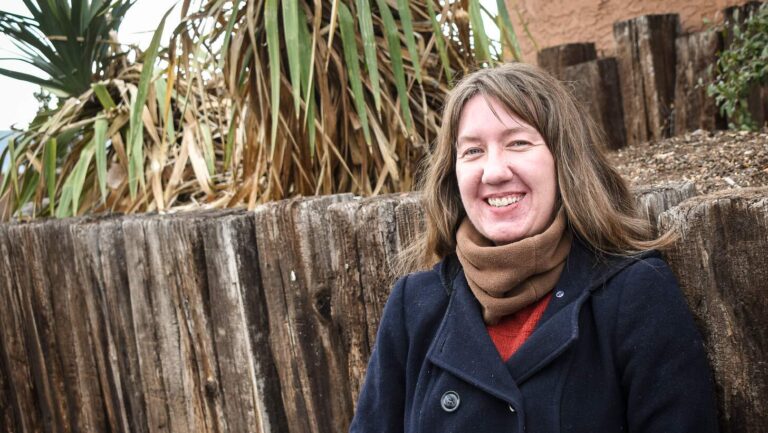A Soft Eye, A Mirror-Eye
Works by Cedra WoodOn exhibit through Feb. 28Sanitary Tortilla Factory401 Second Street SWArts Interview: Camels And A Particular Turkey Vulture
Cedra Wood’s A Soft Eye, A Mirror-Eye


Richard, 20”x29”, Graphite on paper
courtesy of the artist

Kabir, 23”x30”, Graphite on paper
courtesy of the artist

Detail, Portrait of Sol 4, 22”x26”, Graphite on paper
courtesy of the artist

Portrait of Sol 1, 20”x26”, Graphite on paper
courtesy of the artist

Clarke Condé








